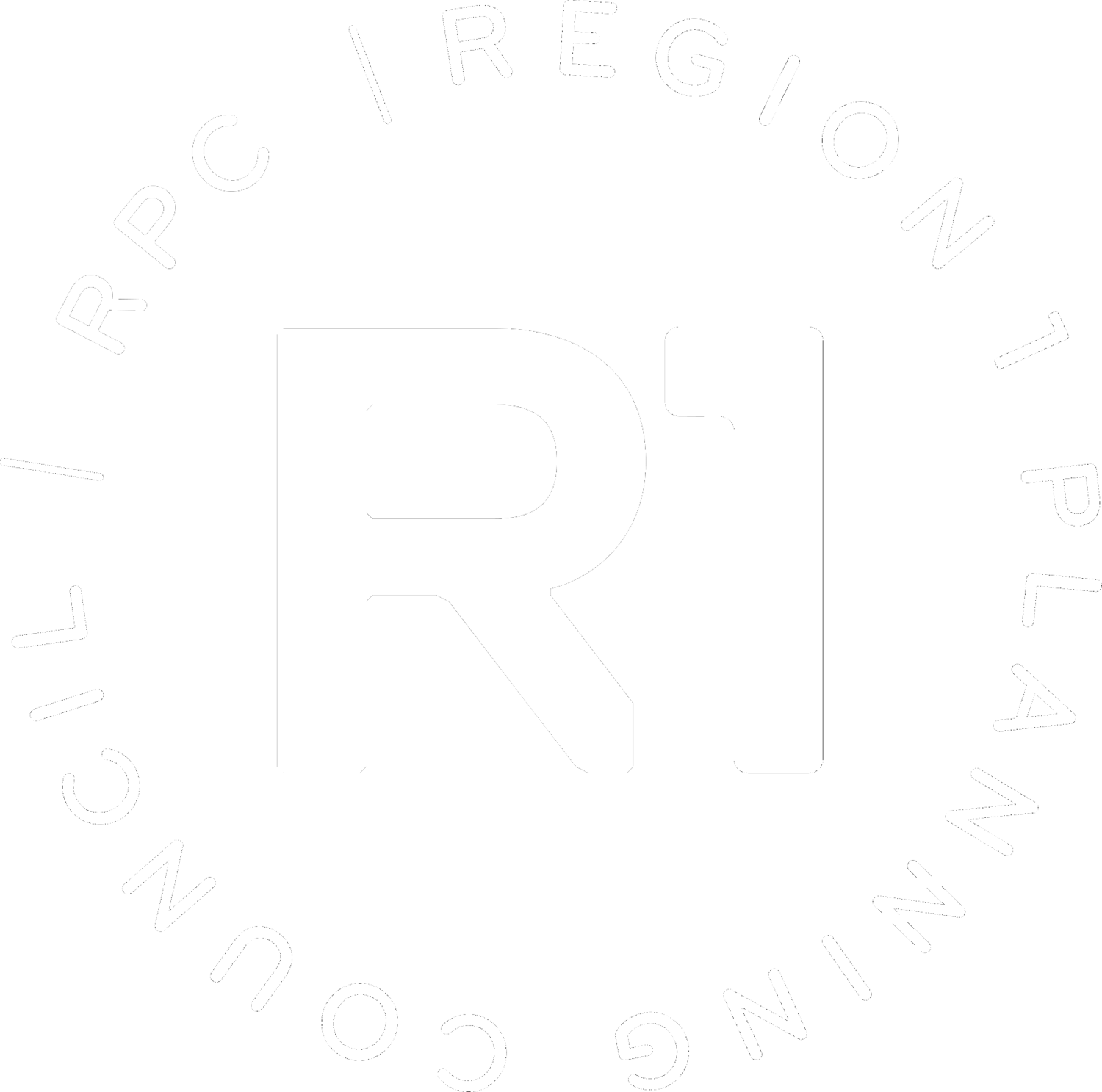Spring is in the air! Bees are buzzing, flowers are blooming, and yards are beckoning our tender care. After months of cold gray skies, people are eager to dust-off their green thumbs and welcome some color back into their lives. From a municipal stand-point, however, landscaping comes at a cost that has inspired some areas to consider replacing planted median strips with concrete. While this may relieve pressure from short-term budget-cuts, there are several potential negative consequences impermeable surfaces impose on urban environments.
From a hydrologic perspective, impermeable surfaces impair infiltration rates which not only reduce aquifer (groundwater) recharge and increase risks of flooding, but also leads to nonpoint source pollution.[i] According to Waterkeeper Alliance, a nonprofit focused on protecting clean water, nonpoint source pollution (NPS) is considered the “largest unaddressed source of water pollution in the country.”[ii] As defined by the EPA:
NPS pollution is caused by rainfall or snowmelt moving over and through the ground. As the runoff moves, it picks up and carries away natural and human-made pollutants, finally depositing them into lakes, rivers, wetlands, coastal waters and ground waters.[iii]
Source: https://earthtech.solutions/rain-garden/
Paved surfaces can also drastically increase temperatures in urban environments, leading to what is known as the “Urban Heat-Island Effect”.[iv] The Urban Heat Island (UHI) effect is a phenomenon where urban areas are found to have higher temperatures than surrounding rural and suburban areas. With increasing global temperatures, the impacts of heat islands are likely to worsen and can be fatal for those living and working in these environments.[v]
Source: https://gosmartbricks.com/urban-heat-island/
While sidewalks and roadways allow us to efficiently travel from point A to point B, there are some clear environmental and social costs that result from impermeable surfaces which can also have an economic impact. As mentioned, restricted aquifer recharge means less available groundwater supply to meet human consumptive needs.[vi] This, in turn, can result in the need to invest in costly water supply alternatives as seen in Waukesha, Wisconsin. In order to meet demand needs, Waukesha is investing in a $438.6 million-dollar project to pump water from Lake Michigan to supplement their depleted groundwater supply. [vii], [viii] Additionally, for downstream communities that rely on surface water as their water source, the more contaminated the water becomes, the costlier it will be to treat. Polluted water can also negatively impact recreational activities, such as fishing, kiteboarding, and canoeing, which in turn can decrease the attractiveness of an area to visitors and residents, potentially reducing sources of income and driving down property values.[ix]
Based on the social, environmental, and economic consequences of impermeable surfaces, increasing green infrastructure like planted median strips should be a priority. While planted median strips are not the “solve-all” solution, they can help. They are sustainable alternatives to concrete and can include more naturalized plantings, such as Prairie Dropseed or eco-grass by Prairie Moon. According to Rebecca Olson with Olson Eco Solutions, both of these options are drought resistant and salt tolerable, require low maintenance, and offer longer roots than turf grass – which helps with infiltration rates. Furthermore, less pavement means less risk for Urban Heat Islands and, therefore, improved quality of life. While it may not be possible to do away with all paved surfaces, we should do our best to integrate nature into urban environments when and where we are able.
Potential Green Infrastructure Solutions:
Adopt-A-Median: A program in Madison, WI to promote volunteer maintenance of median-strips in residential neighborhoods. A version of this could be created in the Rockford region.
Rain Gardens: A rain garden is a depressed area in the landscape that collects rain water from a roof, driveway or street and allows it to soak into the ground.
Permeable Pavement: Alternatives to traditional pavement can help reduce runoff by infiltrating rain water and filter out pollutants that contribute to water pollution.
[i] Lance Frazer, 2005, Paving Paradise: The Peril of Impervious Surfaces; July 1. Accessed May 10, 2022. https://ehp.niehs.nih.gov/doi/10.1289/ehp.113-a456. Environmental Health Perspectives.
[ii] Hynes, Thomas. 2022. EPA Must Confront Largest Unaddressed Source of Water Pollution. May 5. Accessed May 10, 2022. https://waterkeeper.org/news/epa-must-confront-largest-unaddressed-source-of-water-pollution/#:~:text=EPA%20Must%20Confront%20Largest%20Unaddressed%20Source%20of%20Water%20Pollution,-By%3A%20Thomas%20Hynes&text=Nonpoint%20source%20pollution%20is%20the,%2C.
[iii] United States Environmental Protection Agency. 2021. Basic Information about Nonpoint Source (NPS) Pollution. July 8. Accessed May 10, 2022. https://www.epa.gov/nps/basic-information-about-nonpoint-source-nps-pollution.
[iv] Yang, Li, Feng Qian, De-Xuan Song, and Ke-Jia Zheng. 2016. "Research on Urban Heat-Island Effect." Procedia Engineering, December 30: 11-18. Accessed May 10, 2022. doi:10.1016.
[v] Heaviside C, Macintyre H, Vardoulakis S. The Urban Heat Island: Implications for Health in a Changing Environment. Curr Environ Health Rep. 2017 Sep;4(3):296-305. doi: 10.1007/s40572-017-0150-3. PMID: 28695487.
[vi] The Digital Coast. 2021. Assessing the Impact of Impervious Surfaces on Water Resources in Southern California. March 11. Accessed May 10, 2022. https://coast.noaa.gov/digitalcoast/stories/californiawater.html.
[vii] United States Environmental Protection Agency. 2021. Waukesha Great Lakes Water Supply Project. July 3. Accessed May 10, 2022. https://www.epa.gov/wifia/waukesha-great-lakes-water-supply-project.
[viii] Great Water Alliance. 2021. Using Great Lakes water the right way. Accessed May 10, 2022. http://greatwateralliance.com/.
[ix] David M. Dornbusch and Company. 1973. Benefit of Water Pollution Control on Property Values (1973). Analysis, Washington D.C.: United States Environmental Protection Agency.


